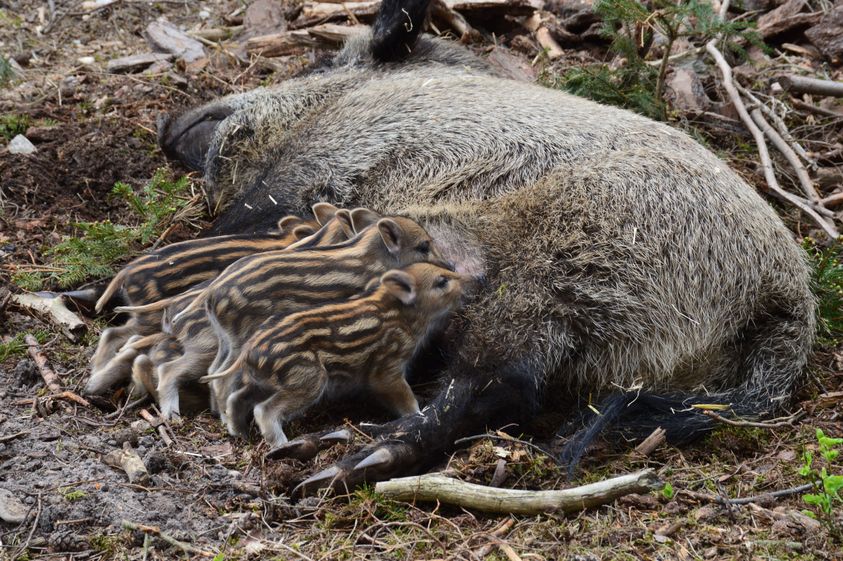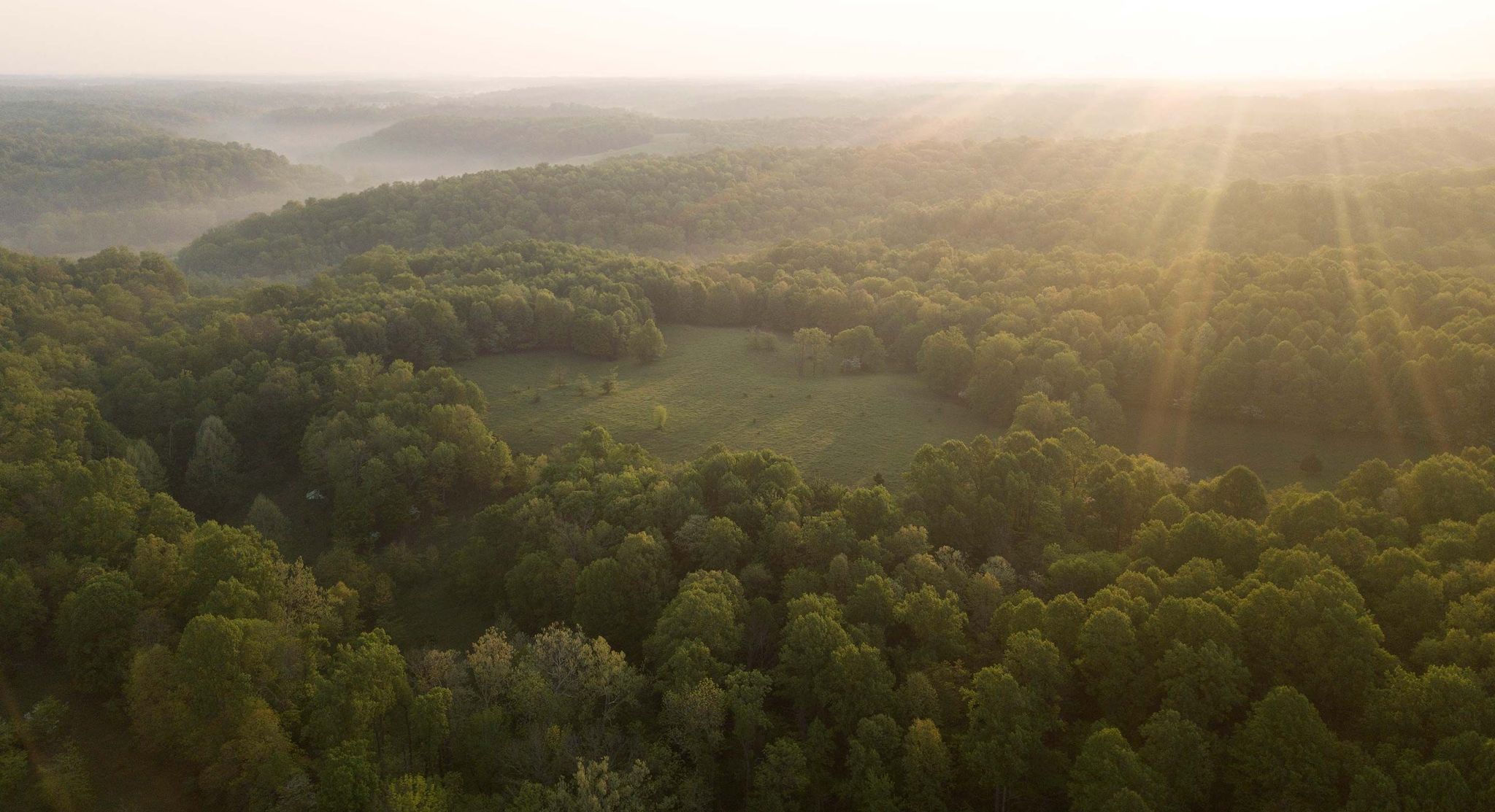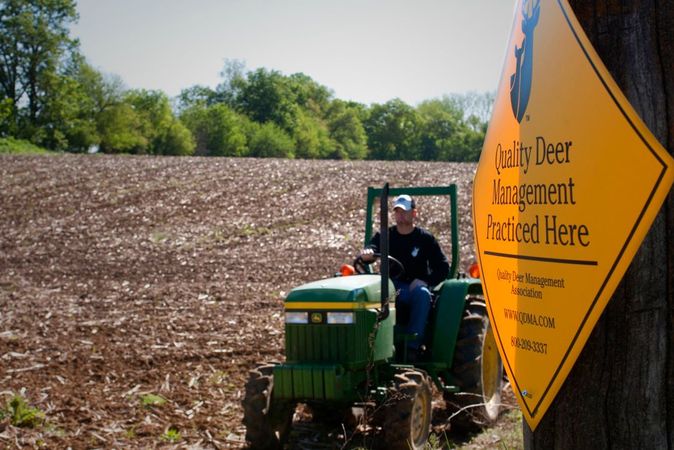Feral hogs aren’t native to the United States. They were brought to Florida by the Spanish in the 16th century and have since spanned at least 39 states. Because of this, they don’t have many natural predators, which allows them to continuously spread.
Wild hogs can cause destruction to a landscape like no other animal. Not only do they tear up farm fields, but also contaminate water supplies. They carry disease threats to humans, livestock and other wildlife.
Sows can begin reproducing at six months and have up to three litters, averaging six pigs every 14 months. With an estimated population of six million, it’s safe to say that feral hogs have become an issue in the U.S. Texas has been hit the hardest with an estimated population of over two million.
How can you protect your farm or property from the path of destruction left by hogs? While it may be nearly impossible to eradicate all the pigs near your land, there are still steps that can be taken. Here are some popular methods for controlling them.
Trapping
If you don’t have much time to commit to hunting, baiting and trapping feral hogs is the method for you. Begin by finding the areas on your property where they visit most. This won’t necessarily be where you find the most hog damage but will be areas on your property that are cool and shady. Just like domesticated pigs, they are very sensitive to the heat and will look for places to cool down during the day.
After, it’s time to pick your bait. Each trapper has their own “secret recipe.” Whole kernel corn, berry flavorings and animal carcasses all work well. Of course, every hog is different, which means that they have their own preferences. Don’t get discouraged if they don’t take to your original bait. It will most likely be a trial and error process until you find one that works.
For the traps, there are several options that have been developed over the years. You can use box traps, which are usually a wooden structure with a single-catch trap door or cage traps. If you’re trying to round up a large hog population, corral traps work the best. You could even build your own. A thing to remember when setting up is that you don’t want to catch unwanted animals such as deer.
Once you’ve trapped your hog, the best option is to humanely kill it. You could also take it to a butcher if you’re wanting some meat. Most butchers only accept a feral hog if it’s still alive, and only a handful in each state actually accept them because of the diseases they can carry.
Hunting
Hunting is more work and more time consuming than trapping, but still a way to take some of these destructive animals of your land. A few states have regulations on how and when you can hunt them, but most states, especially Texas, will allow you to kill as many as you want on your property. The best time to hunt them is at night when they are most active and most vulnerable.
These are incredibly intelligent animals and hunting them is no easy task. Hogs have a keen sense of smell and can detect odors from five to seven miles away. So be very cognizant of the wind and always hunt into it.
Their sweep of the country may seem inevitable, but trapping and hunting are ways to help control the issue. Also, if you see anyone trapping and transporting them, report them immediately. They are only making the situation worse by putting them in areas that they otherwise wouldn’t be.







